JOJG - May/June 2005 issue
Herb
18 years ago
Related Stories
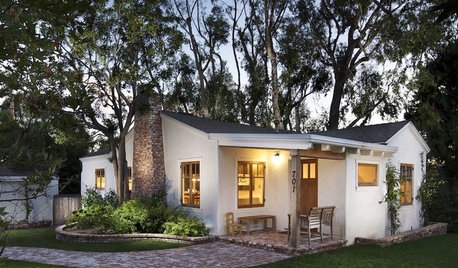
MOVING5 Risks in Buying a Short-Sale Home — and How to Handle Them
Don’t let the lure of a great deal blind you to the hidden costs and issues in snagging a short-sale property
Full Story
LANDSCAPE DESIGNHow to Move Water Through Your Landscape
Swales, underground pipes or a mix of both: There’s more than one way to distribute water in the garden
Full Story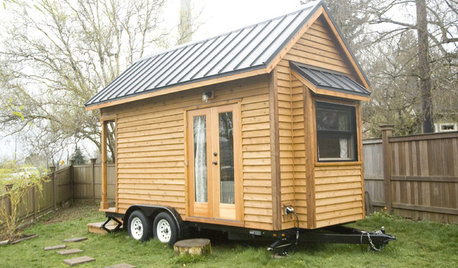
HOUZZ TOURSMy Houzz: Mobile Microliving in Oregon
A 128-square-foot home for a couple in Portland is designed for simplicity, affordability and beauty
Full Story
COMMUNITYIn L.A.’s Echo Park, a New Urban Development Takes Flight
Blackbirds, a new ‘microneighborhood’ near downtown, is Los Angeles’ latest small-lot urban infill project
Full Story
KITCHEN APPLIANCESFind the Right Cooktop for Your Kitchen
For a kitchen setup with sizzle, deciding between gas and electric is only the first hurdle. This guide can help
Full Story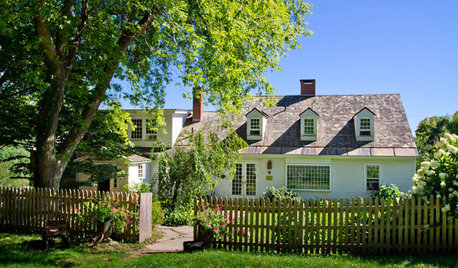
LIFECreate a 'Forever House' Connection
Making beautiful memories and embracing your space can help you feel happy in your home — even if you know you'll move one day
Full Story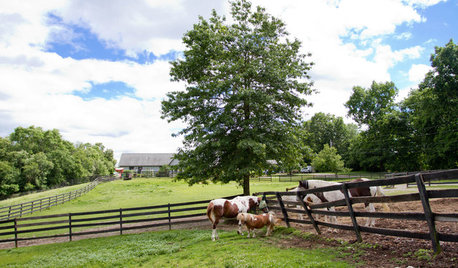
HOUZZ TOURSHouzz Call: Show Us Your Farmhouse!
Bring on the chickens and vegetable patches. If your home speaks country, it might appear in a featured ideabook
Full Story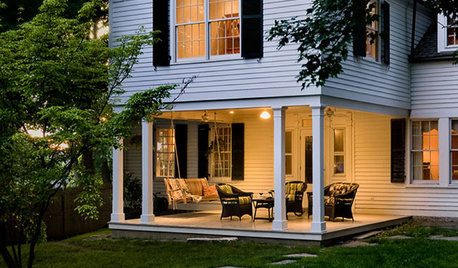
SELLING YOUR HOUSEThe Latest Info on Renovating Your Home to Sell
Pro advice about where to put your remodeling dollars for success in selling your home
Full Story
FRONT YARD IDEASBefore and After: Front Lawn to Prairie Garden
How they did it: Homeowners create a plan, stick to it and keep the neighbors (and wildlife) in mind
Full Story
GARDENING GUIDESGarden-Friendly Native Alternatives to Overplanted Exotics
There are lots of gorgeous, wildlife-friendly native plants ready to make an appearance in your garden
Full StorySponsored






didgeridoo
HerbOriginal Author
Related Professionals
Foothill Ranch Landscape Architects & Landscape Designers · Owings Mills Landscape Architects & Landscape Designers · Brookside Landscape Contractors · Coeur d'Alene Landscape Contractors · East Hanover Landscape Contractors · Markham Landscape Contractors · American Fork Decks, Patios & Outdoor Enclosures · Canton Decks, Patios & Outdoor Enclosures · Los Alamitos Decks, Patios & Outdoor Enclosures · Schaumburg Decks, Patios & Outdoor Enclosures · Shirley Decks, Patios & Outdoor Enclosures · Spokane Decks, Patios & Outdoor Enclosures · Stafford Decks, Patios & Outdoor Enclosures · Tomball Decks, Patios & Outdoor Enclosures · Highland Decks, Patios & Outdoor Enclosurescoachsmyth
HerbOriginal Author
Gardener_KS
HerbOriginal Author
Niwashisan
HerbOriginal Author
Niwashisan
ltfuzz
gardenberry
bambooo
DonPylant
didgeridoo
HerbOriginal Author
FranVAz7
HerbOriginal Author
HerbOriginal Author
FranVAz7
HerbOriginal Author
wall_matthews
HerbOriginal Author
wall_matthews